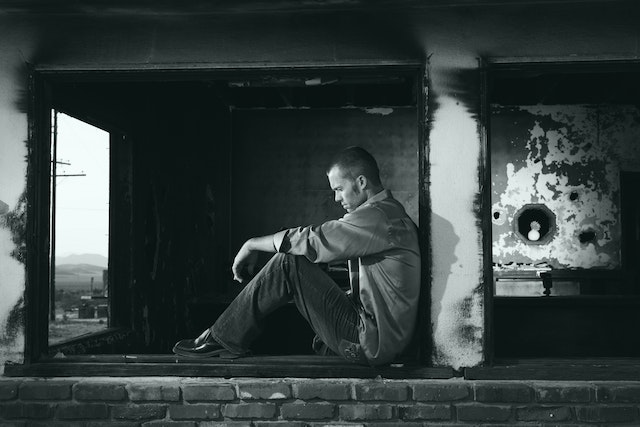All of us go through difficult times in life – whether it is dealing with the loss of a loved one, separation from the love of your life, losing your job, and whatnot. Life is filled with stuff that makes you feel awful.
When you are going through a particularly tough time in life, it is difficult to recognize and deduce sadness vs. depression. It gets even more challenging if your sadness is persistent and refuses to go away.
However, this confusion can have some serious implications. On one hand, you can end up neglecting a serious mental health condition (depression) that requires immediate support and attention. Or, on the flip side, you can start overreacting and stressing about a relatively normal emotional state (sadness).
Therefore, understanding the difference between sadness vs. depression is the key to avoiding long-term implications for your mental well-being.
In this post, we will dive deeper into sadness vs. depression and help you understand how to differentiate between them. Let’s get started.

But first, what is sadness?
As per the American Psychiatric Association, sadness is an emotional state of unhappiness. It is a normative emotional state that differs in intensity, from mild to extreme. We all experience sadness occasionally, and chances are high that we will experience it again.
Simply put, we feel sadness about something. This also means you might overcome your sadness when that particular emotion subsides, or the situation feels better.
Therefore, the state of sadness, albeit tough, is temporary in nature.
And what is depression?
Depression is a clinically diagnosable mental health condition that annually impacts around 264 million adults, including 7% of Americans. It is a mental state that affects your emotions, behaviors, perceptions, and physiological processes like appetite and sleep. Sadness is a symptom of depression. When you are depressed, you feel constant sadness, hopelessness, and worthlessness.
Depression is not necessarily caused by a trigger event. In fact, it can occur when people’s lives are going on perfectly fine with nothing that is seemingly troublesome.
Depression affects the regular functioning of a person and makes everything less satisfactory, less enjoyable, and less lovable. It drains your energy and motivation and decreases your thresholds. Therefore, you are more agitated, angry, and always on the edge.
For a person to be diagnosed with depression, they must have any five of these symptoms for more than two weeks:
- hopelessness,
- persistent sadness,
- loss of energy,
- loss of interest in activities,
- appetite changes,
- feelings of worthlessness and guilt,
- changes in sleep patterns, and
- persistent thoughts about death and suicide.
Read more: Common Signs Of Childhood Depression
Deducing Sadness Vs. Depression
Now that you have an idea of what sadness and depression mean individually, let’s move further. In this section, we will deduce sadness vs. depression and understand the critical differences between the two.
1. Sadness is an emotion, while depression is a mental illness.
Sadness is a primary human emotion. People generally experience sadness when they go through difficult situations like facing rejection, having fights with their best friend, etc.
Depression is a mental illness. Persisting sadness is only a part of its symptoms. It affects your thoughts, perceptions, beliefs, and physical responses.
2. Sadness is brief, while depression is persistent and does not go away on its own.
Emotions, including sadness, usually fade with time. We learn to deal with situations better or make sense of our present circumstances, and eventually, the sadness subsides.
Depression, on the other hand, does not work like that. Left undiagnosed, the symptoms of depression can affect each part of a person’s life and make it difficult for them to function. Therefore, timely treatment and support are the best ways to deal with depression.
Read more: Diabetes And Depression – Understanding The Connection
Conclusion:
Life is filled with moments that trigger our emotional responses and cause frequent bouts of sadness. This sadness can easily feel like depression. However, the two are different things. While sadness is a normative emotional state, depression is a diagnosable mental illness.
Knowing and deducing the difference between sadness vs. depression is important. This allows you to easily spot signs and find timely help for yourself and your loved ones.
Whether you are dealing with depression or sadness, professional therapy can help you cope with your situation better. To learn more about the most affordable online therapy platforms, click here.
To continue learning about mental health, subscribe to Your Mental Health Pal.

